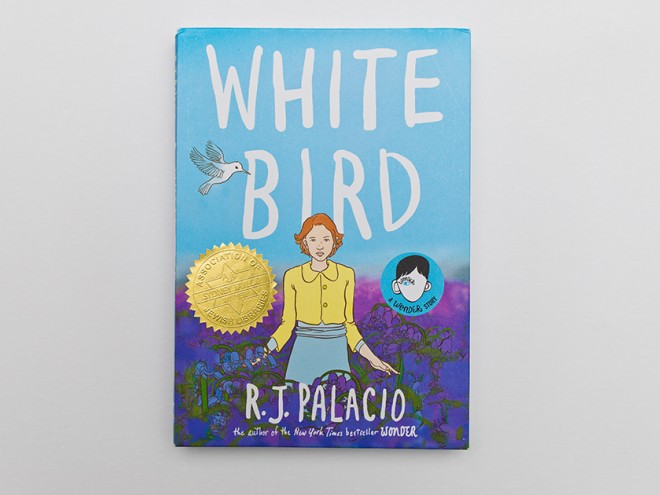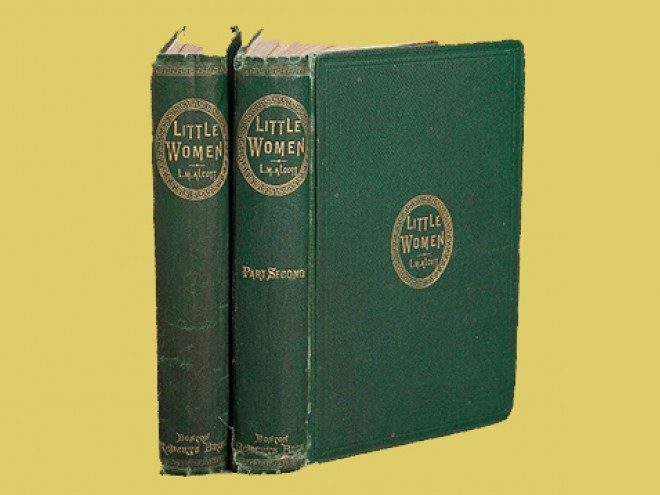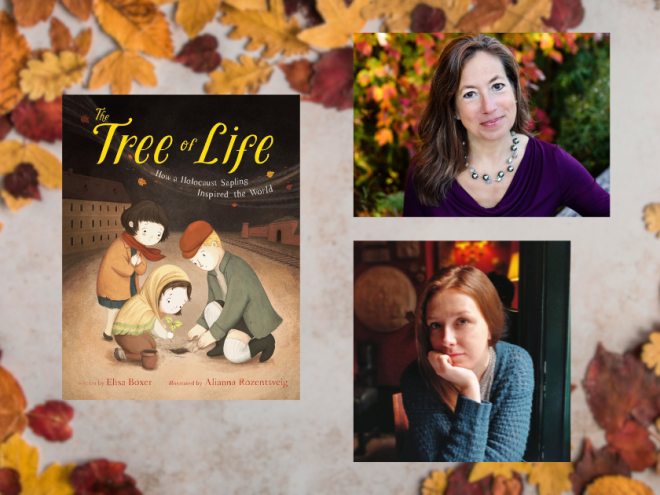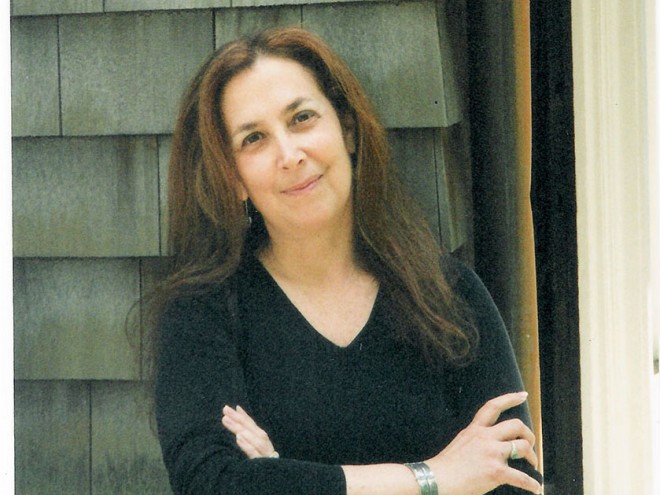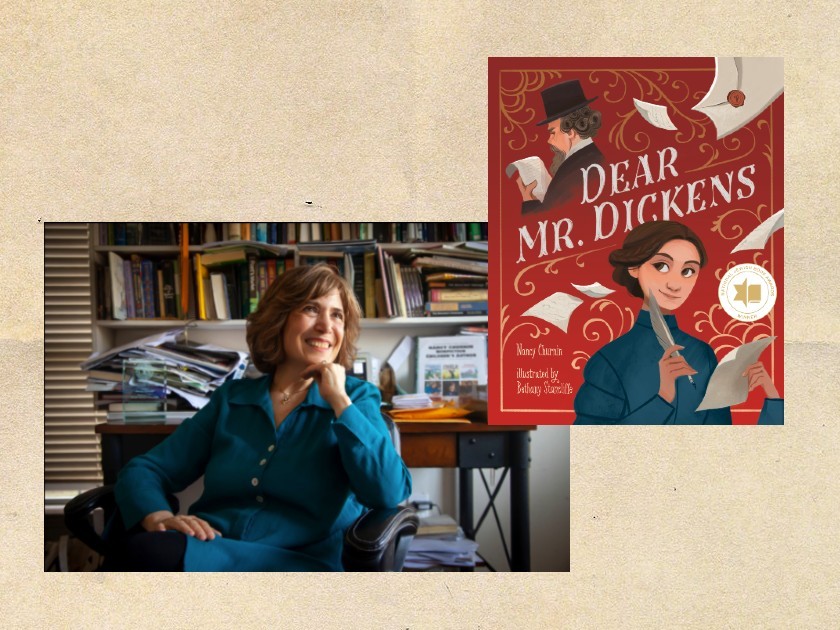
Author photo by Kim Leeson Photography
Emily Schneider spoke with Nancy Churnin about her picture book Dear Mr. Dickens, illustrated by Bethany Stancliffe, which was a winner of a National Jewish Book Award and a Sydney Taylor Honor. It tells the story of Eliza Davis, a Jewish woman who confronts Charles Dickens about his antisemitic character, Fagin, in Oliver Twist.
Emily Schneider: Nancy, I want to congratulate you on winning the National Jewish Book Award Children’s Picture Book category and the Sydney Taylor Honor for Dear Mr. Dickens.
Nancy Churnin: Thank you.
ES: Dear Mr. Dickens is about a woman who made one important decision, which turned out to be even more significant than she thought at the time. How did you come up with the idea of writing about Eliza Davis and her determination to reach out to one of the most famous authors in the world about his — perhaps unintentional — indictment of Jewsin Oliver Twist?
NC: This is a deeply personal book for me. One of my passions in writing is to find people who are not only not famous, but are just like you and me. I tend to be drawn to the people who are not born into positions of power or great wealth or privilege. I grew up in New York City in the Bronx. My mother is a teacher, retired now, and my mother and my father both loved books. I was brought up in a world of books. We had one room — my favorite — which we called the library, where my father had built shelves from floor to ceiling. I was shocked later when my older sister explained to me the reason why he had built that library; it was supposed to have been the dining room and my mother didn’t like to cook!
Any book I wanted to read was there for me. This was in the days before Amazon and you couldn’t order online. My mother would get any books that I wanted; by Louisa May Alcott, C.S. Lewis, anyone I liked. When it came to Charles Dickens, she hesitated. She said, “Why do you like Charles Dickens?” Well, he’s a great storyteller. He’s got a big heart. He’s so compassionate. In Oliver Twist he stood up for the rights of kids. And she looked at me and said, “Fagin, he created Fagin. Do you know how hurtful that is to the Jewish people?” I didn’t like to disappoint my mother.
ES: Yes, I also grew up in a family where my parents imbued in me a love of reading. But there was also a litmus test sometimes — was the book good or bad for the Jews?
NC: My mother had good reason to be upset with the man who had created Fagin. And it was even worse because Dickens was so popular. We didn’t talk about “windows and mirrors,” but my mother understood the problem.
ES: Yes, the distinguished scholar Rudine Sims Bishop used that metaphor to discuss how children need to see both images of themselves and of others when they read.
NC: Dickens provides only negative images for Jewish children, and for others who are not Jewish. They read about Fagin and they think, that’s what Jewish people do. They’re thieves. They take advantage of little kids, and turn them into thieves. Why would someone with such a great heart have no heart for the Jewish people who were so persecuted?
Much later, as an adult, I was doing research on another topic in our local library, and I found two sentences in an article about a woman named Eliza Davis who wrote to Dickens. It became a whole detective hunt, a combination of my childhood passion and my being a journalist who’s relentless about tracking things down.
I couldn’t believe it, but the University of North Texas Rare Books Collection, near my home, had a collection of Davis’s letters. This was in 2013. I wrote a version of Eliza’s story. I wasn’t even published yet because my first book wouldn’t come until 2016. I wrote the draft, but I got rejections. The story wasn’t “active enough,” or, “your main character is a grown person, not a kid.” But by 2020 — after I had published eight books — Wendy McClure at Albert Whitman loved my idea and in 2021 the book was published. By that time, my mother was starting to have some dementia. But I was able to put a copy of the book in her hands and she was in tears. Later, as the dementia progressed, she would ask me, “Did Charles Dickens get your letter?” It was an odd thing, but, in my heart, Eliza Davis had written the letter that I wanted to write, and she got an answer for all of us.
It’s important to believe that people’s hearts can change, that there can be good in the world, that people can do better, or, to use the Jewish term, teshuva.
ES: Your mother embraced the book, but you talk about skepticism from publishers. What will kids make of this book? It’s not about a dramatic event.
NC: When I presented the book to elementary school kids, some of them told me this was their favorite book and that it encouraged them to speak up. Eliza Davis has the same three things we all have: paper, pen, something to say. The kids got that. The other part of the story that I hope that they get, and that my mother got, is that people are capable of change. Dickens rebuffed Eliza Davis at first, but she persisted. And when he changed, she more than forgave him; she embraced him. It’s important to believe that people’s hearts can change, that there can be good in the world, that people can do better, or, to use the Jewish term, teshuva. Davis asks Dickens to look at his past, look at his present and think about the future, like Scrooge in A Christmas Carol.
ES: You include cultural references which will be unfamiliar to most young readers. There’s a section on Sir Walter Scott’s Ivanhoe, Isaac of York and his daughter, and the beautiful Rebecca. I love the way Bethany Stancliffe uses black and white for these images, which are part of the book’s subtext. Scott was one of the world’s most popular authors and Rebecca one of the best-known Jewsin literature.
NC: Eliza Davis had to really think through how to connect with Charles Dickens. She was a really astute reader of his works and they were a path to his heart. Just as she compared him to Scrooge, she also knew that Ivanhoe was part of his childhood; that’s what he would have read. Even if kids today don’t know Ivanhoe specifically, they would understand that this is something Dickens read as a child with positive Jewish characters. Sometimes you open doors with that kind of reference. In his past, he had read about positive Jewish characters. But in the present, he was not representing Jewish people as they really were. In the same way, Bethany Stancliffe portrays Eliza with her child, because a mother would be thinking about the future for her child and for generations to come.
It takes courage to persist in anything. Eliza wasn’t a famous person, but she knew what she believed. She felt this was important. It’s interesting that my other big book for this year was about Hadassah founder Henrietta Szold, A Queen to the Rescue.
ES: So you also see a Queen Esther story in Dear Mr. Dickens? Both Esther and Eliza Davis — as well as Henrietta Szold — took risks in speaking out. Eliza expresses the fear that Dickens, in response to her letter, might even create a worse Jewish character in retaliation.
NC: Yes, Dickens could have made Eliza’s life miserable, and been even worse to the Jewish people. He could have doubled down. She was taking a risk in doing the right thing. I hope it encourages kids to be brave too.
In all my books, I hope that the experience doesn’t end on the last page, but that readers go out thinking, how can I be the Eliza Davis of my community? What can I do, how can I speak up?
ES: You could take away two conflicting messages from Dear Mr. Dickens. One is pride that a Jewish woman stood up against antisemitism, and that people from any oppressed or marginalized group should speak up about damaging portrayals of that group in a work of art. But you could also raise the issue of artistic freedom. Should writers modify or limit a book’s language or themes in order to avoid offending some readers?
NC: I think Eliza Davis was so clear in her request. Yes, there were Jewish criminals, but every Jewish person in Dickens’s book is a criminal. You never write, she told him, about Jewish people who aren’t criminals, so it becomes monolithic. And that is cemented by every time you call Fagin “the Jew.” Very often you don’t even use the name, Fagin. It’s just the Jew, the Jew, the Jew.
ES: Her objection wasn’t to Dickens having created a Jewish character who was evil.
NC: No. Dickens rebuffs her at first, writing that Fagin was based on real Jewish people who were villains. She responds articulately, making a distinction. Dickens was a very fair person. He processed what she was saying; that’s one of the reasons he went back when his novel was in the process of being reprinted. After the 23rd chapter, he removed references to “the Jew” to make it clear that this character was Fagin, not the whole Jewish people.
ES: There is an ongoing discussion of how Jews see ourselves, and how others see us, in the context of diverse representation in books for kids. Did it occur to you, when you were writing Dear Mr. Dickens, how a book about antisemitism would fit into to this dialogue?
NC: That’s a very interesting question. When I started writing it in 2013, I don’t know that that issue was front and center. But I think it’s just an ongoing issue for me, speaking up and taking ownership. It has always been a passion of mine to break down walls between people. One of my earlier books, Charlie Takes His Shot, is about Charlie Sifford, the first Black golfer in the PGA tour, and how Stanley Mosk, California’s Jewish attorney general, supported his right to play. In Martin and Anne, I wrote about the parallel stories of Martin Luther King, Jr. and Anne Frank, two great spirits, both born in 1929. I’ve always been aware that people build walls between each other. They find ways of leaving people out. So I’m drawn to these connections between people. I absolutely love what Bethany Stancliffe does on the last page of our book. She creates an image where these two people are connected: Charles Dickens, a Christian man, and Eliza Davis, a Jewish woman.
ES: Once you put a book in a child’s hands, there’s the afterlife of the book. What do you hope that the reader gains from that experience?
NC: I want my books to leave kids thinking, identifying with that person, so that they will want to go out in the world and do what that person did in their own way. This is why I start off this book in the second person: “Think of someone famous, you admire. What would you do if that person said or wrote something unfair? Would you speak up?” In all my books, I hope that the experience doesn’t end on the last page, but that readers go out thinking, how can I be the Eliza Davis of my community? What can I do, how can I speak up? Every time I put something out in the world, it takes some courage. Every act of writing, every act of art, every time we put ourselves out there, whatever we do is an act of courage, but it’s so important. We need to live with courage because if you don’t live with courage, you don’t really live.
Emily Schneider writes about literature, feminism, and culture for Tablet, The Forward, The Horn Book, and other publications, and writes about children’s books on her blog. She has a Ph.D. in Romance Languages and Literatures.
